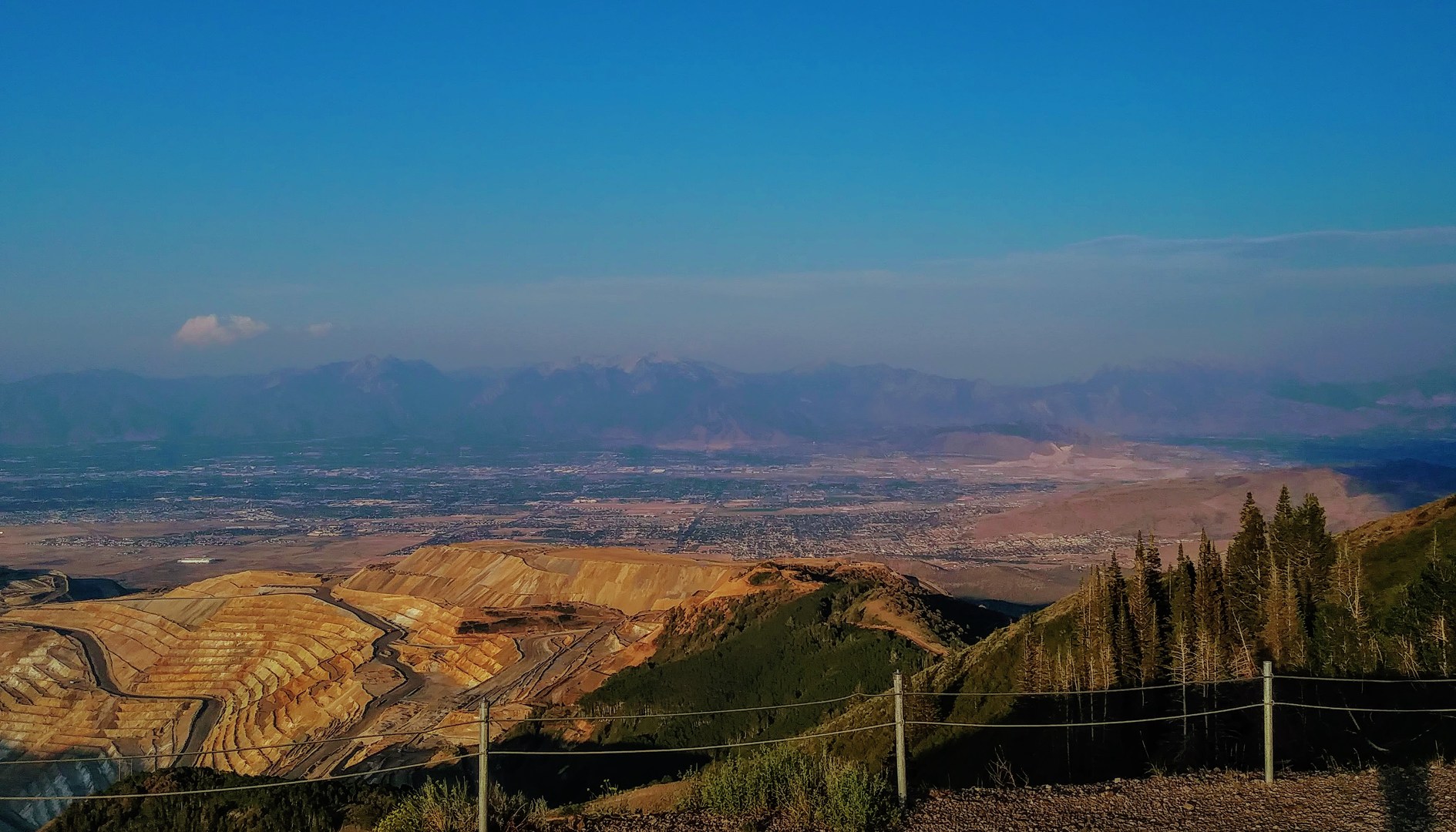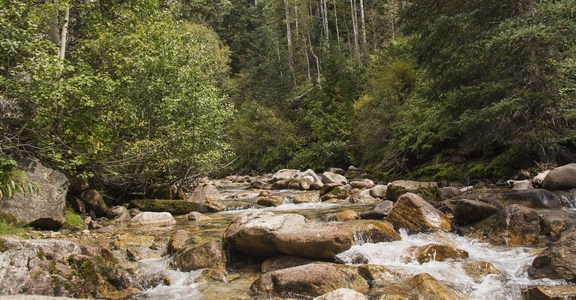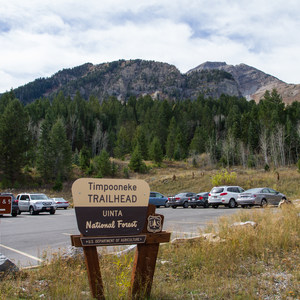Stand upon the overlook of Bingham Canyon and before you is the largest manmade excavation in the world. Eerie groans can be heard reverberating up from the pit. The sources of which is may not be seen as the walls continue down to depths such that the bottom is not visible at this angle. Lines of trucks make their way up and down the sides of the pit appearing as small ants marching in an endless procession. The sun is setting against your back and the golden light sweeps across the Great Salt Lake Valley before you. This is the Bingham Canyon Copper Mine, located in the Oquirrhs Mountains west of Salt Lake City, UT.
The mine overlook is accessible to the public (as confirmed by Rio Tinto staff that I passed by) and the gate near the start of the road up is usually left open. Trespassing past the fence along the road and at the overlook is not permitted. There is only one fork in the road up; you will need to keep left.
Adventurers can park in a dirt lot at the bottom of the overlook road and hike up or drive a 4x4 vehicle up to the top. Personally, I prefer to hike up as the road offers excellent views of the Oquirrhs mountains, the Great Salt Lake Valley, and Toole, UT on the west side of the mountains. The Oquirrhs —which is a Goshute word for “wooded mountains”—offer beautiful foliage and are full of wildlife. [1] Keep an eye out for mule deer, song birds, birds of prey, and even moose.
The overlook is a large gravel lot which forms a dead end at the top of the mountain. A mountain peak and small canyon (Bingham creek) originally stood where the pit is today. Surface excavation became in 1906 [1]; today the pit reaches over 4,000ft. deep and is 2.75 miles wide. [2] At that depth, you could stack 3 Willis Tower’s from the bottom before reaching the top. [2] The original trace of Bingham Canyon can be seen opening along the NE side of the mine. Here, a large conveyor system can be seen transporting ore out to the mine to the nearby concentrator facility, in Copperton, UT. [1]
Geologic Formation
Mineral resources can be extracted in useful amounts only when they are concentrated through geologic process. Bingham Canyon mine extracts copper, and other associated ores, from the high grade Bingham Stock deposit. 40 million years ago, as tectonic forces were building the Oquirrhs, a plume of molten rock forced its way upwards to “intrude” the overlying sedimentary rock. This is referred to an igneous pluton or a “stock”. As the mass cooled and recrystallized to form new minerals, various elements separated from one another (“differentiated”) due to their differing melting points or chemical affinities, allowing them to concentrate into ore deposits. In addition, hydrothermal fluid became enriched in elements from the stock and steeped into the surrounding rock, causes minerals to precipitate around the stock as it cooled. [2]
If you would like to learn more about Bingham Canyon and the history of the Salt Lake Valley, I recommend Roadside Hisotry of Utah (available at local libraries). [3] For a more technical read, I recommend Geology of Salt Lake City, Utah… published by the Association of Engineering and Environmental Geologist as part of the series Geology of the Cities of the World. [1] Email me if you have trouble accessing it online.
Logistics
The weather in the Oquirrhs can be unpredicted with frequent rainstorms during the summer months. In fact, once when I was in the Oquirrhs in July, a torrential rain storm sudden begun followed by hail and sleet. But 20 minutes later, it was clear and sunny with a rainbow as the only reminder of the storm. Come prepared with layers for possible changes in weather.
In addition, check the local air quality; visiting on a day with good air quality with ensure the best views of the valley.
I highly recommend visiting at sunset, so bring a flashlight in case it gets dark.
There are other trails accessible from the lower parking area, so this could be an activity after finishing another hike.
Butterfield Canyon Rd is paved until you reach the parking area at the bottom of the mine overlook road. 4x4 is not required if you are hiking up from here. 4x4 is recommended if you intend to drive your vehicle up the mine overlook road.
References
[1] Lund, William R. et el. Geology of Salt Lake City, Utah, United States of America. Environmental and Engineering Geoscience (1990) xxvii (4): 391–478. Online. https://pubs.geoscienceworld.org/aeg/eeg/article/xxvii/4/391/137430/Geology-of-Salt-Lake-City-Utah-United-States-of?searchresult=1
[2] Dickas, Albert B. 101 American Geo-Sites You’ve Gotta See. Mountain Press Publishing Co. 2015. Pg. 188. Print.
[3] Bennett, Cynthia L. Roadside History of Utah. 1999. Print.



































Comments
Sign In and share them.